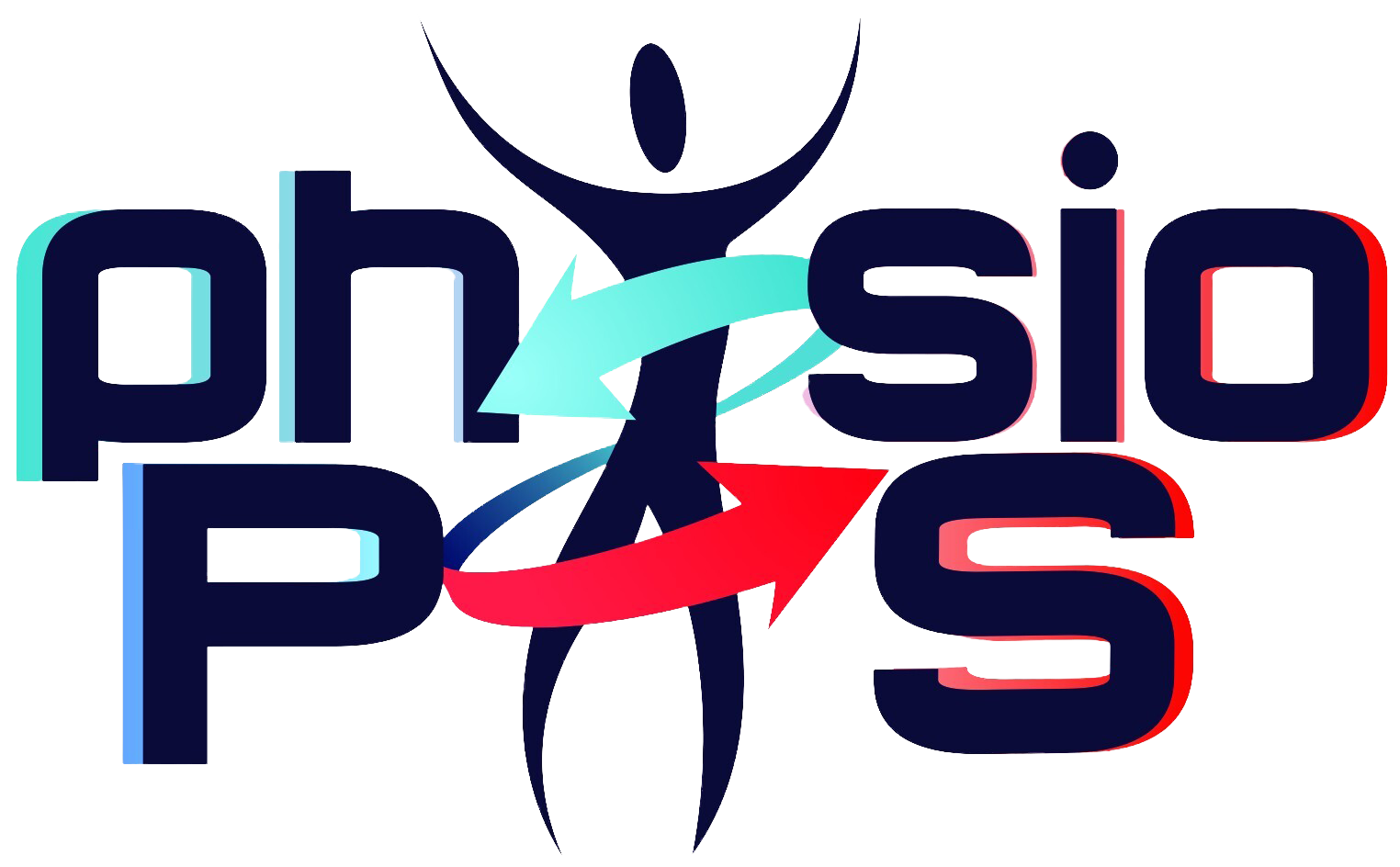Understanding Autonomic Balance
The Autonomic Nervous System has 2 components (Parasympathetic & Sympathetic) that need to be in balance to remain functioning at their best efficiency. When they are not in balance it is called autonomic dysfunction.
Autonomic dysfunction develops when the nerves of the autonomic nervous system are damaged. This condition is called autonomic neuropathy or dysautonomia.
Autonomic dysfunction can range from mild to life-threatening. It can affect part of the autonomic nervous system or the entire system. Sometimes the conditions that cause problems are temporary and reversible; while others can be chronic or long term and may continue to worsen over time.
Do you experience any of these symptoms of autonomic dysfunction?
These are some of the symptoms that may indicate the presence of an autonomic dysfunction:
- Dizziness and fainting upon standing up, or orthostatic hypotension
- An inability to alter heart rate with exercise, or exercise intolerance
- Sweating abnormalities, which could alternate between sweating too much and not sweating enough
- Digestive difficulties, such as a loss of appetite, bloating, diarrhea, constipation, or difficulty swallowing
- Urinary problems, such as difficulty starting urination, incontinence, and incomplete emptying of the bladder
- Sexual problems in men, such as difficulty with ejaculation or maintaining an erection
- Sexual problems in women, such as vaginal dryness or difficulty having an orgasm
- Vision problems, such as blurry vision or an inability of the pupils to react to light quickly
You can experience any or all of these symptoms depending on the cause, and the effects may be mild to severe, while symptoms such as tremor and muscle weakness may occur due to specific types of autonomic dysfunction.

